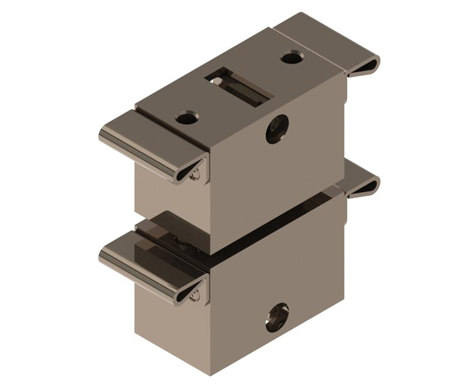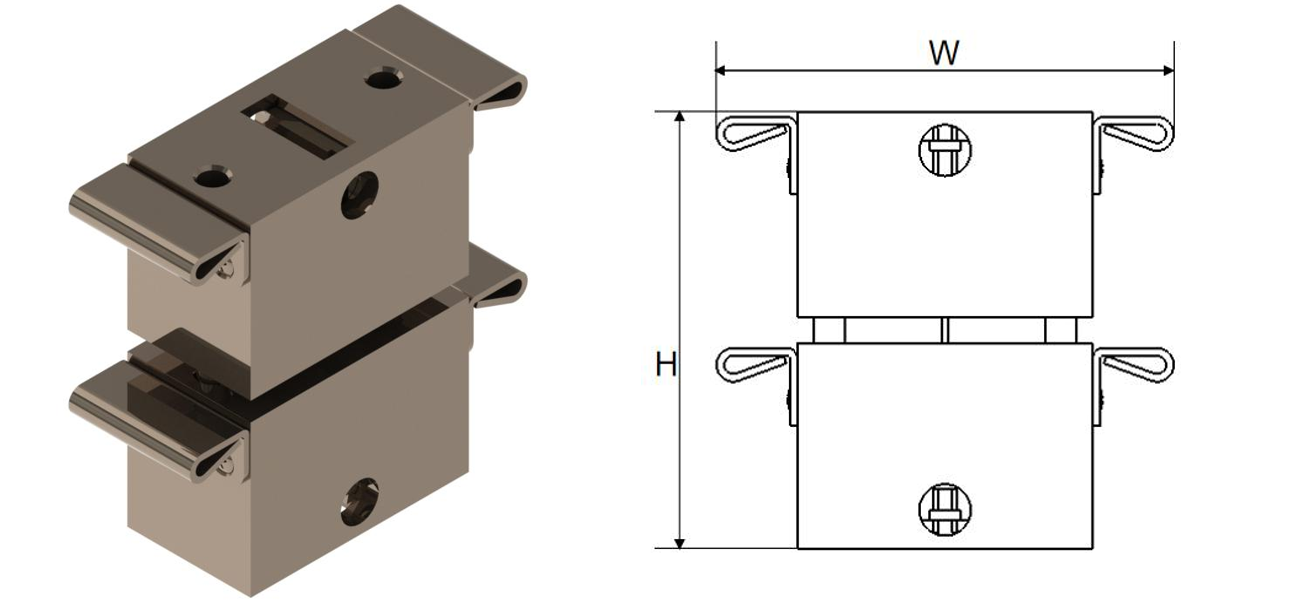
+86 755 23057280
English

+86 755 23057280
English


ASTM D3410/D3410M-16e1
Standard Test Method for Compressive Properties of Polymer Matrix Composite Materials with Unsupported Gage Section by Shear Loading
Significance and Use
5.1 This test method is designed to produce compressive property data for material specifications, research and development, quality assurance, and structural design and analysis. Factors that influence the compressive response and should therefore be reported include the following: material, methods of material preparation and layup, specimen stacking sequence, specimen preparation, specimen conditioning, environment of testing, specimen alignment and gripping, speed of testing, time at temperature, void content, and volume percent reinforcement. Properties, in the test direction, that may be obtained from this test method include:
5.1.1 Ultimate compressive strength,
5.1.2 Ultimate compressive strain,
5.1.3 Compressive (linear or chord) modulus of elasticity,
5.1.4 Poisson's ratio in compression, and
5.1.5 Transition strain.
Scope
1.1 This test method determines the in-plane compressive properties of polymer matrix composite materials reinforced by high-modulus fibers. The composite material forms are limited to continuous-fiber or discontinuous-fiber reinforced composites for which the elastic properties are specially orthotropic with respect to the test direction. This test procedure introduces the compressive force into the specimen through shear at wedge grip interfaces. This type of force transfer differs from the procedure in Test Method D695 where compressive force is transmitted into the specimen by end-loading, Test Method D6641/D6641M where compressive force is transmitted by combined shear and end loading, and Test Method D5467/D5467M where compressive force is transmitted by subjecting a honeycomb core sandwich beam with thin skins to four-point bending.
1.2 This test method is applicable to composites made from unidirectional tape, wet-tow placement, textile (for example, fabric), short fibers, or similar product forms. Some product forms may require deviations from the test method.
1.3 The values stated in either SI units or inch-pound units are to be regarded separately as standard. Within the text the inch-pounds units are shown in brackets. The values stated in each system are not exact equivalents; therefore, each system must be used independently of the other. Combining values from the two systems may result in nonconformance with the standard.
NOTE 1: Additional procedures for determining compressive properties of resin-matrix composites may be found in Test Methods D695, D5467/D5467M, and D6641/D6641M.
1.4 This standard does not purport to address all of the safety concerns, if any, associated with its use. It is the responsibility of the user of this standard to establish appropriate safety, health, and environmental practices and determine the applicability of regulatory limitations prior to use.
1.5 This international standard was developed in accordance with internationally recognized principles on standardization established in the Decision on Principles for the Development of International Standards, Guides and Recommendations issued by the World Trade Organization Technical Barriers to Trade (TBT) Committee.
Application | Test for Compressive Properties of Polymer Matrix Composite Materials with Unsupported Gage Section by Shear Loading |
Maximum force | 20 kN |
Connection | Φ10 mm pin |
Height (H) | 200 mm |
Total width (W) | 115 mm |
Working temperature | -70℃ ~ 350℃ |
Test standards | ASTM D3410, GB/T 5258 A2 type |
Grip weight | 9.2 kg |
Specimen thickness | ≤8 mm |
Specimen size | 140(L)mmx12(W)mmx1~2(T)mm 110(L)mmx10(W)mmx2(T)mm |

Dear customers, please send your comments and suggestions to us via the following form. We will contact you as soon as possible.

Scan and follow us
Copyright @Shenzhen Wance Testing Machine Co., Ltd.
All Rights Reserved Design by:zuoan.com.cn